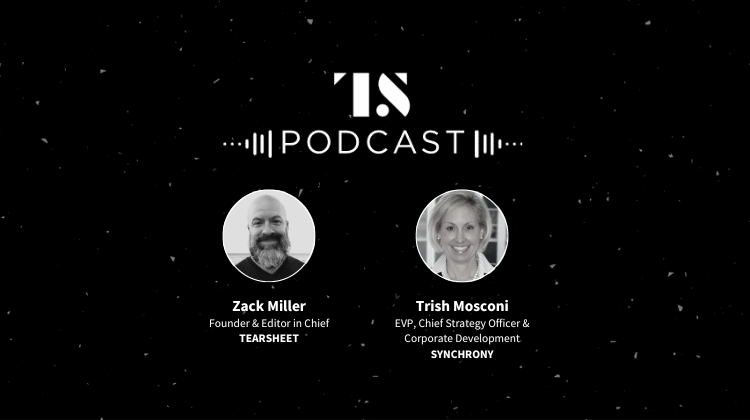Podcasts
Inside Synchrony’s top strategy and corporate investing role with Trish Mosconi
- Trish Mosconi, Chief Strategy Officer at Synchrony, discusses the company's focus on discovering opportunities in the fintech industry, including through strategic partnerships.
- Mosconi also speaks to the current state of the M&A and VC markets, including the decrease in valuations and M&A activity.








